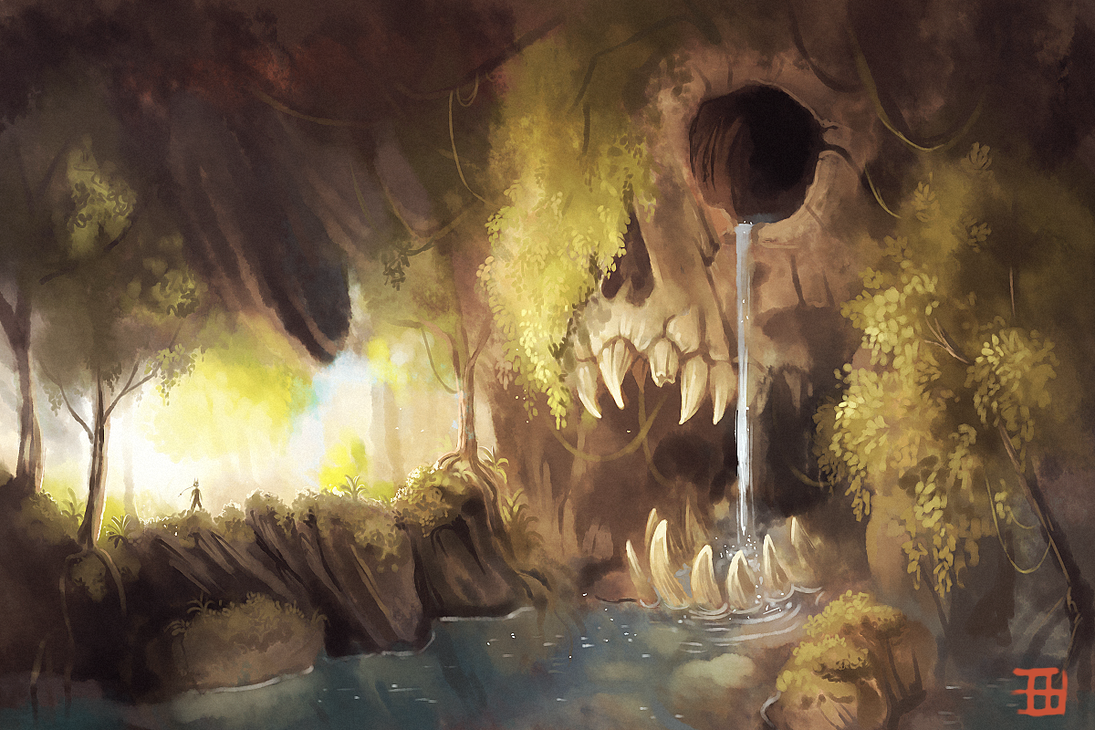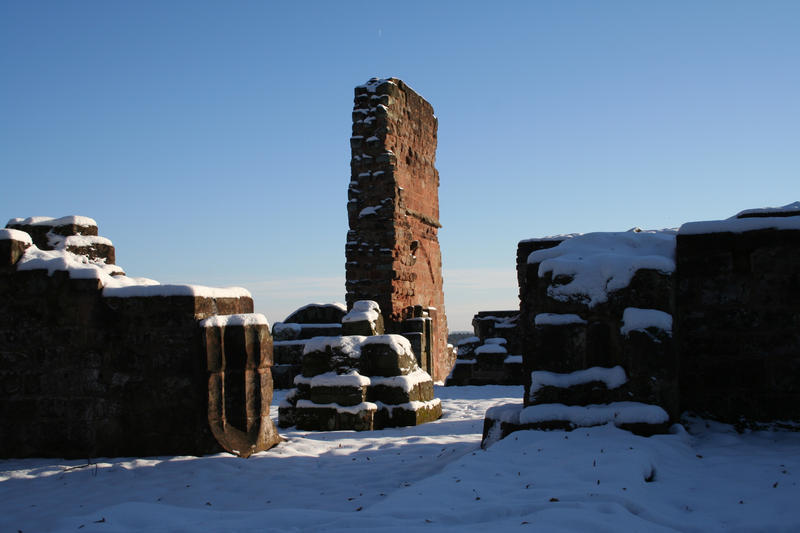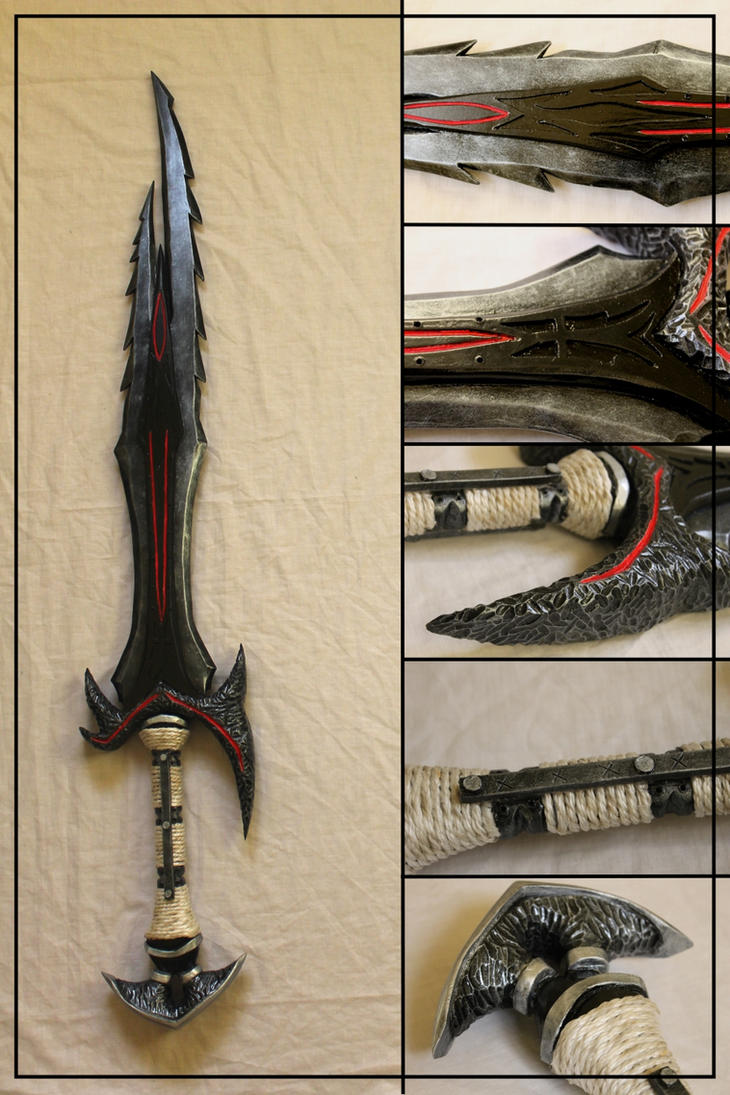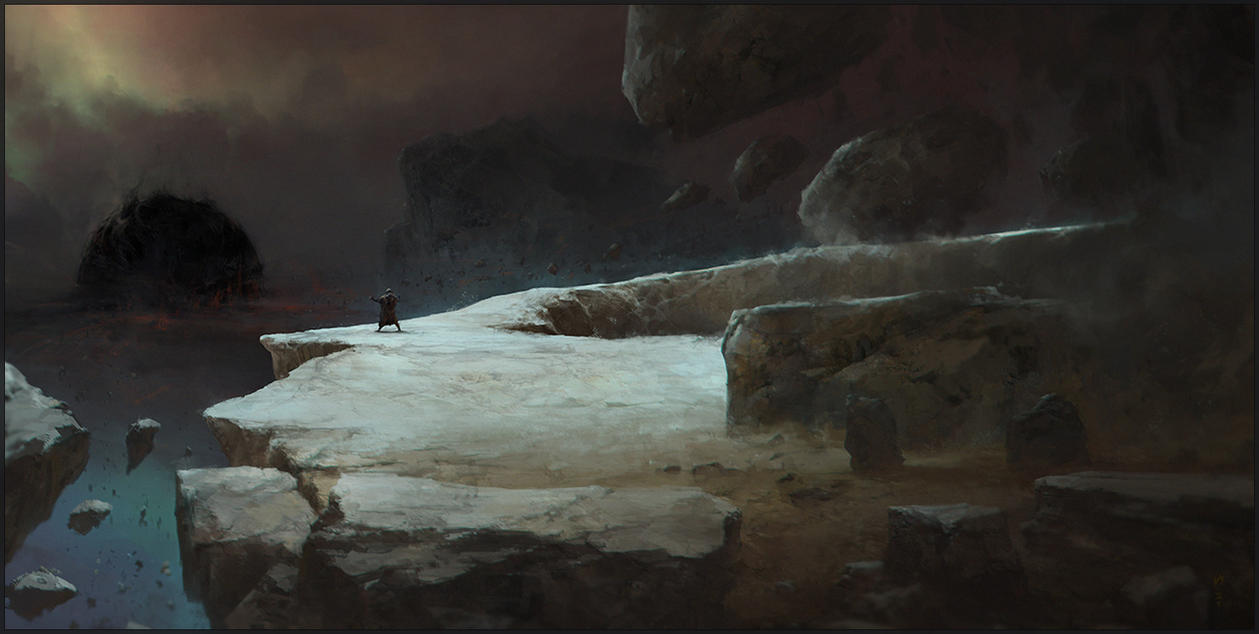This week I'm kicking a Gods of the Fall game/campaign and as a result my mind is turning to fantasy materials and items. The following are a few ideas I have come up with over the years and I decided to present in a somewhat "system neutral" fashion. Since I am also planning to add these into my game I'll present my thoughts on how to use these in the Cypher System.
Wight-Iron
"Cold" iron is a well known term for mostly pure iron used against fairies, spirits and other supernatural creatures. Wight-Iron is an form of cold iron commonly associated with the undead barrow kings and other undead warriors. Wight-iron is magical, but not technically enchanted as it is a side effect of close contact to undead creatures over a period of time.
Wight-iron is truly cold, both to the touch and to the soul. Wight-iron weapons often have a patina of frost on their blades or metallic faces and strike with supernatural cold, dealing increased damage to beings vulnerable to such.
In addition wight-iron weapons can chill the soul of a living target. This may take the form of additional damage, ability damage to intelligence/intellect, or even level drain depending on the system and the weapon. Most such weapons will have one of the former two effects with a minor die (d3 or d4). The drawback to Wight-iron is that they tend to shatter on fumbled attack roles.
For the Cypher System Wight-iron weapons would be artifacts with a level of 1d6. In combat these weapons would do their level of damage direct to Intellect (and thus bypassing most armor). These weapons have a depletion on 1d10 normally, but are also prone to shattering as a result of a GM Intrusion.
Dakar Steel
Dakar steel is known by its two most notable traits: it's deep black color, and the burning heat of the forge that continually emanates from it. Dakar steel is forged with the spirit of a fire elemental trapped within and the enchanted steel takes on a black color as sign of this. These weapons are commonly found within arid kingdoms and those known for the enslavement of other entities.
Hot to the touch at all times weapons forged of Dakar steel require use of specially enchanted hilts or the use of special gloves and gauntlets or they will deal burning damage to their wielder. These weapons always deal additional fire based damage, often increasing the damage output of the weapon by 50%-100%. In the hands of a magic user these weapons can add their bonus damage to any fire spells channeled through them.
In the Cypher System a Dakar Steel weapon is an artifact with a level of 1d6. In combat these weapons do 1 additional damage for light weapons, 2 additional damage for medium weapons, and 3 additional damage for heavy weapons. Additionally this damage bonus can be added to any fire-based abilities used by the wielder if they are channeled through the weapon.
Nemean Leather In fairness, this idea isn't really mine, but whatever...
Supernaturally capable members of otherwise normal animals can happen under the right circumstances. Sometimes it is the intentional result of magical tinkering by gods or wizards, and other times natural magical flux or celestial circumstances can gift power to an animal pup.
Regardless of the cause a Nemean animal is exemplary in most every way. Tougher, stronger, faster, and in many instances smarter, these creatures often become legends in their own right. Those who manage to slay a Nemean find that their bodies can be a cornucopia of supernatural crafting materials including, but not limited to, the skin.
Most commonly known are items of Nemean leather. When properly prepared the skin of a Nemean creature can make stronger than usual leather commonly forged into armor. Other uses exist, including bags which are often enchanted with effects to grant enhanced capacity or the ability to hide their contents in some way. Nemean bones and sinew are occasionally used to make powerful bows or crossbows as well, but are far less common.
In Cypher System Nemean leather armor will be a medium armor with the armor penalty of a light armor. A bow made of Nemean materials will do an additional point of damage. A Nemean leather bag or waterskin is often able to hold twice or three times the volume it seems while weighing very little more than an empty item of its size; such an item is an artifact with a depletion on a d20 when items are removed, or when a waterskin is filled.
Blood Oak
Blood oak is an uncommon form of the normal oak tree. The blood oak is the result of a necromantic ritual wherein an oak nut (acorn) is planted into the chest cavity of a ritually disemboweled victim. The tree grows from the victim's corpse and appears in all ways as a normal oak except for blood red leaves. The rarity of blood oak is due in part to the ritual nature of the oak's creation, and the length of time needed for the tree to grow to a harvestable size. The harvested wood of a blood oak is deep red in color and often retains a wet appearance even after being completely dried and prepared for use.
The most common use of the blood oak is in the form of wands and staves where it grants additional power to spells that affect blood or control a victim, including undead. These uses are most common because the tree can be harvested in only a few years for the required growth. Fully grown adult specimens (which are always sterile) can yield sufficient lumber footage to craft protective wooden shields and even armor (though rather uncommon) which can protect the bearer from the same blood and control magics that the wood can empower in other forms. Rumors of entire buildings built with blood oak lumber exist, though if these are true it is unknown what such structures could do.
In the Cypher System blood oak wands and staves grant an asset on abilities that target blood or seek to control a target. Blood oak armor or shields provide an asset to resist the effects of control and blood magics when worn/wielded. Such items would be artifacts with depletion rolls on a d10 for wands and staves, and d20 for shields and armor.
Elixir Crystals
Have you ever wondered what happens to magical potions that don't get used and dry up? Many potions simply go bad and cease to work, or change into something untoward that may have a significantly altered effect. Under the right circumstances some potions can be coerced into crystallization, much like a sugar solution left to evaporate that will leave rock candy behind.
Elixir crystals are not simply a "just add water" form of their original elixir however. These crystals radiate a weak magic and are often worked into jewelry which can be worn to gain the advantage of their effect. Elixir crystals may have effects similar to the effect of their elixir source, such as a healing elixir producing a crystal which can aid in recovery. Others may have related effects, a crystal formed from an elixir of stone to flesh may provide resistance to petrification for instance. While others may have radically different effects that seem entirely unrelated.
Regardless of their effects, the boons granted by elixir crystals are relatively modest and dependant on the size of the crystal. Such crystals are also enormously expensive due to the large quantities of their alchemical source materials; a thumb sized healing elixir crystal would be formed from dozens of healing potions/elixirs. As a result these crystals are fairly rare, and often are not economical for alchemists to create.
In Cypher System games elixir crystals will provide a small bonus. A large crystal (thumb sized) may provide an asset to a given task, while smaller may provide a +2 or a +1 at their smallest. Healing crystals will provide a bonus to recovery rolls, usually +1 or +2. All such crystals are artifacts with depletion of between d100 and d20 depending on GM prerogative.











